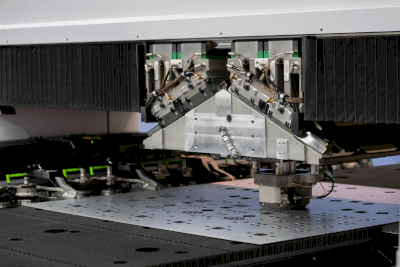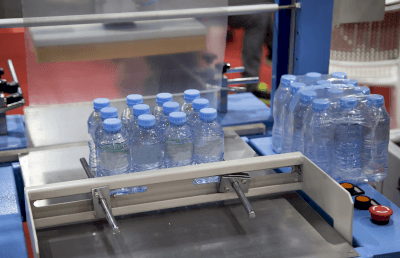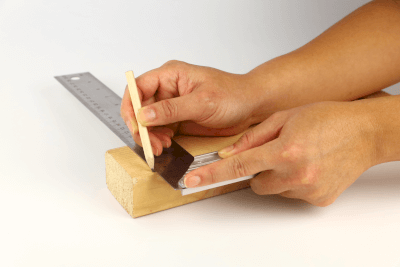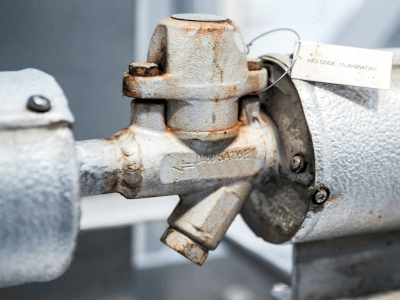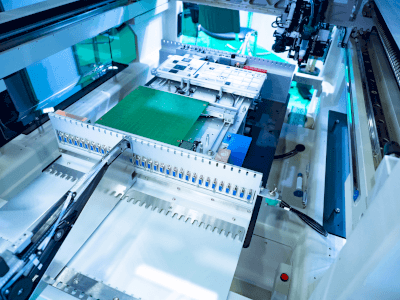What Is Cyclohexanone?
Cyclohexanone is an organic compound with the molecular formula C6H10O. It is a cyclic ketone with one methylene group of cyclohexane replaced by a carbonyl group. It is also known as ketohexamethylene, pimelic ketone, cyclohexyl ketone, hexanon, etc. Its CAS registration number is 108-94-1.
The Beckmann rearrangement of cyclohexanone oxime also produces caprolactam, an intermediate in the manufacture of 6-nylon and 6,6-nylon.
Uses of Cyclohexanone
The main uses of Cyclohexanone are as follows:
- Raw material for caprolactam, adipic acid, and nylon
- High boiling point solvent for celluloid, fats, waxes, rubber, synthetic resins, resin lacquers, etc.
- Stripping agents for paints and varnishes
In particular, the majority of applications are as raw materials for 6-nylon and 6,6-nylon. It is sometimes used as a solvent or as an activator for oxidation reactions.
Properties of Cyclohexanone
Cyclohexanone has a molecular weight of 98.14, a melting point of -32.1 °C, and a boiling point of 156 °C. It is a colorless liquid with a characteristic odor at room temperature. It is said to have an odor similar to that of camphor-like acetone. If left for a long period of time, it oxidizes and turns yellow.
It is extremely soluble in ethanol and diethyl ether and slightly soluble in water. Its density is 0.9478 g/cm3.
Types of Cyclohexanone
The types of cyclohexanone generally available include reagent products for research and development, industrial chemicals, and fine chemicals. R&D reagent products are often used as raw materials for organic synthesis and as solvents.
The capacities include 500 mL, 15 kg, 17 kg, etc. These products are sold in relatively large capacities among reagent products.
In industrial products such as industrial chemicals and fine chemicals, it is offered in oil cans (16 kg), drums (190 kg), containers (1,000 L), and other packing formats.
Other Information on Cyclohexanone
1. Synthesis of Cyclohexanone
Several methods for synthesizing cyclohexanone have been reported, the first of which is the oxidation of cyclohexanone. This reaction is catalyzed by cobalt or manganese acetates or naphthenates. A mixture of cyclohexanone and cyclohexanol is formed, which can be separated by distillation if cyclohexanone is to be isolated.
Other methods include dehydrogenation of cyclohexanol at 400-450°C using a zinc or copper catalyst and hydrogenation of phenol at 140-170°C in the gas phase using a palladium catalyst such as Pd-CaO/Al2O3.
2. Synthetic Reaction of Nylon Raw Materials
One of the useful chemical reactions of cyclohexanone is the synthesis of nylon raw materials.
ε-caprolactam, the raw material for 6-nylon, is synthesized as follows:
- Condensation with hydroxylamine to form cyclohexanone oxime.
- The intermediate obtained in the above reaction is converted to ε-caprolactam through the Beckmann rearrangement reaction
Ring opening also occurs by the reaction of a mixture of cyclohexanone and cyclohexanol with nitric acid oxidation, resulting in the synthesis of adipic acid. Adipic acid is a substance used as a raw material for 6,6-nylon.
3. Reactivity of Cyclohexanone
Cyclohexanone is a stable substance under normal storage and handling in accordance with regulations. There is a risk of fire or explosion when reacting with strong oxidizers such as nitric acid.
When storing, it is necessary to avoid mixing with such strong oxidizers. At temperatures above 44°C, an explosive vapor/air mixture may be generated.
4. Safety Information on Cyclohexanone
Cyclohexanone is a highly flammable liquid/vapor with a flash point of 44°C (sealed). In terms of toxicity to the human body, it is toxic in contact with the skin, toxic by inhalation, irritating to the skin, irritating to the eyes, suspected of causing genetic disorders, and causing damage to the respiratory and central nervous systems.
